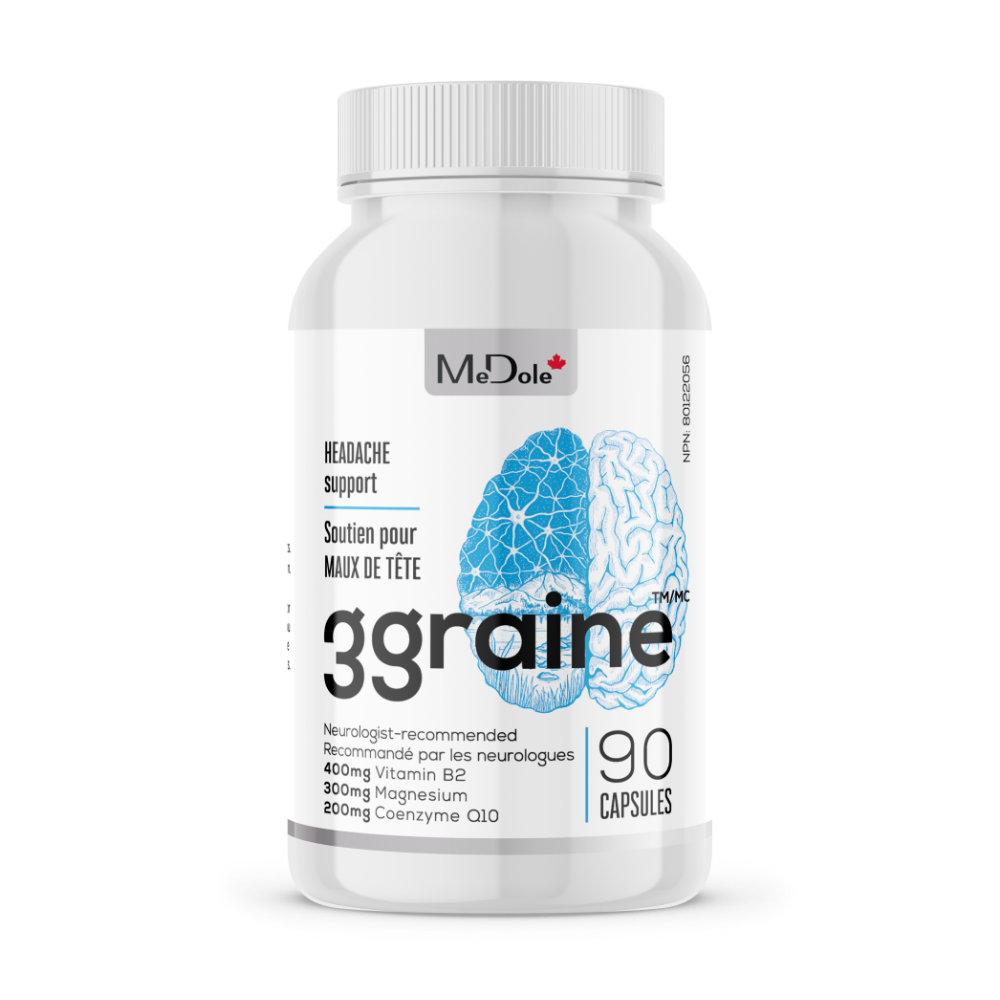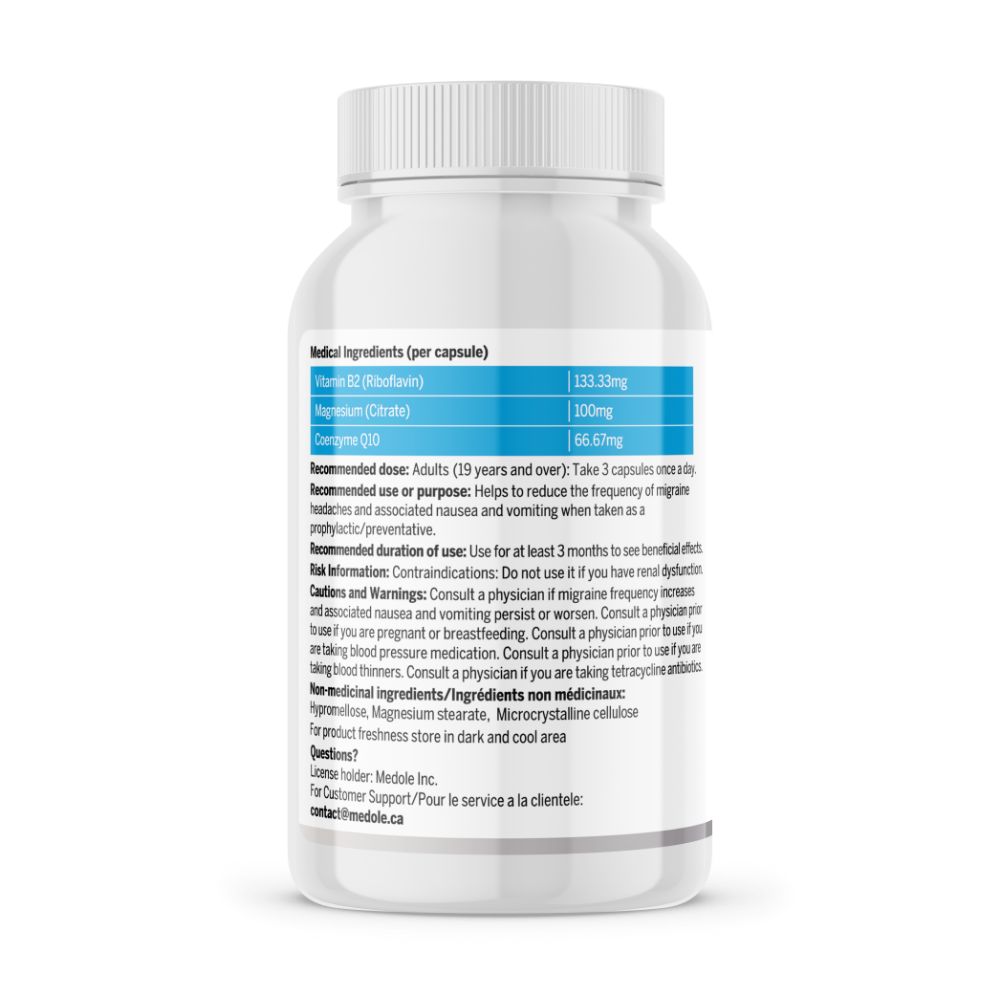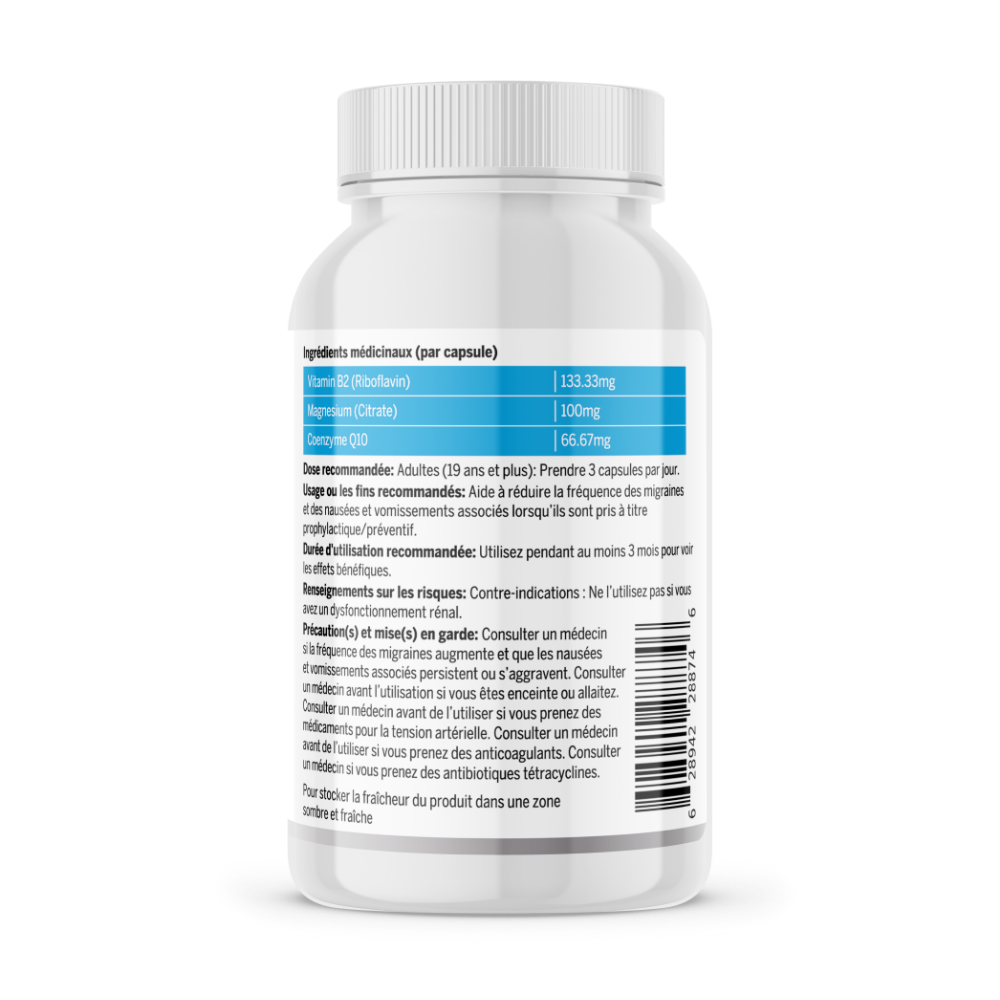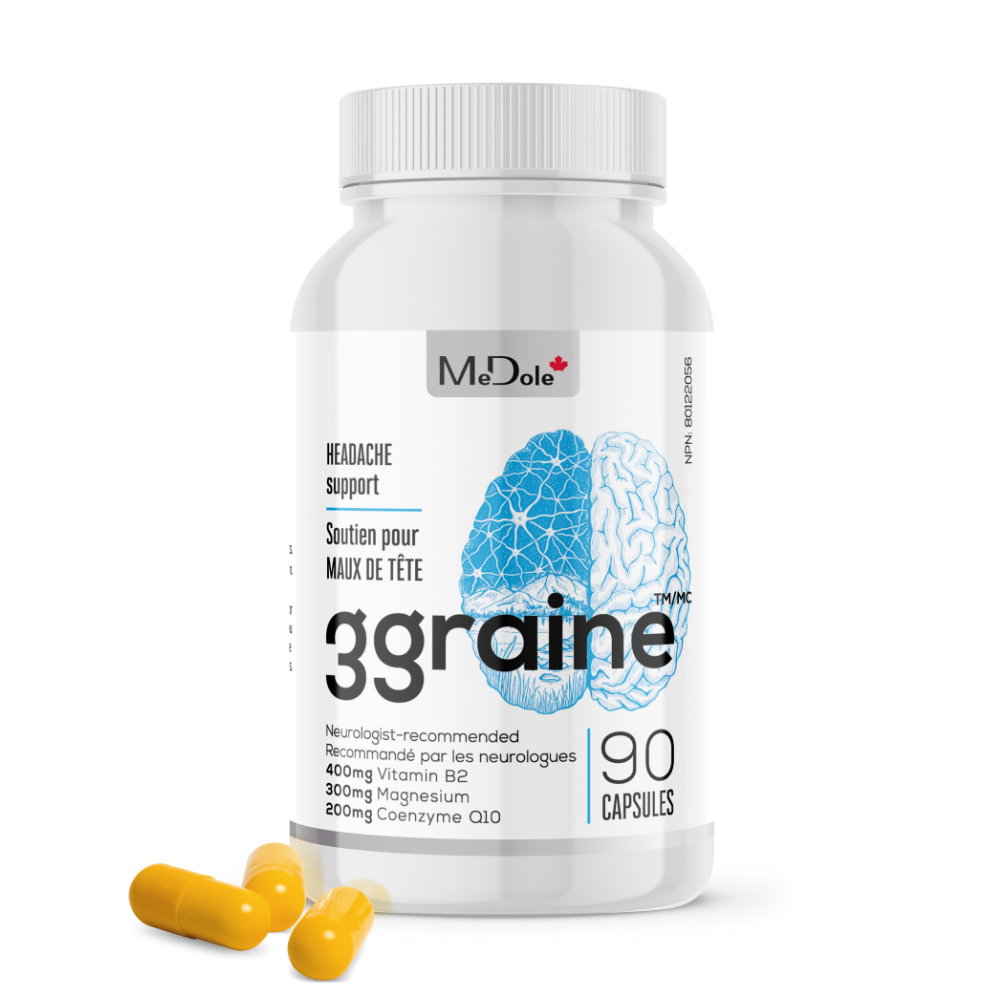



Frequently asked questions about migraine headaches.
A migraine is a neurological condition with recurrent, intense headaches often accompanied by other symptoms. It can significantly impact one's quality of life, lasting from a few hours to several days. Understanding migraine, including symptoms, triggers, and potential treatments, is essential.
The key feature of a migraine is a throbbing headache, usually on one side of your head. Other symptoms may include visual disturbances known as auras, presenting as flashing lights or zigzag lines.
Migraine episodes unfold in stages: prodrome, migraine with aura, headache, and postdrome. The prodrome phase, occurring before the headache, may last for hours to days and involves subtle changes like mood swings or fatigue. The aura stage, if present, is marked by transient neurological symptoms. The headache stage, accompanied by intense pain, nausea, and sensitivity to light and sound, is followed by the postdrome stage, or "migraine hangover."
While the exact cause remains unclear, a combination of genetic, hormonal, environmental, and neurological factors contributes to migraine. Genetic predisposition and hormonal fluctuations play roles. Stress and emotional factors, irregular eating, and a sedentary lifestyle can trigger migraine.
Treatment involves some acute migraine pain management with over-the-counter or prescription medications. Preventive measures, lifestyle adjustments, and complementary therapies, such as acupuncture or massage, can also contribute to overall well-being and resilience against migraine.
Migraine are complex, but managing them involves a personalized, multifaceted approach. Seeking guidance from healthcare professionals is crucial for effective symptom management and a better quality of life.
The duration of migraine varies widely among individuals and even from one episode menstrual migraine to the next. Migraine typically lasts anywhere from four to 72 hours, with the intensity of symptoms fluctuating throughout the episode.
Factors such as the presence of an aura, prompt intervention with medications, and individual responses to treatment can influence the duration. Some individuals may experience short, intense migraine, while others endure longer episodes with lingering symptoms.
Additionally, the postdrome phase, often referred to as the "migraine hangover," can persist for hours or even days after the headache subsides, leaving individuals with a sense of fatigue and mental fog. Understanding the variable nature of migraine duration is crucial for individuals navigating these episodes and seeking appropriate management strategies.
Yes, stress is a well-established trigger for migraine, often playing a significant role in both the onset and exacerbation of these debilitating headaches. The body's response to stress involves the release of various chemicals and neurotransmitters that can affect the nervous system, potentially leading to the initiation of a migraine. Stress can also contribute to muscle tension and vascular changes, further intensifying the headache experience.
For many individuals, the relationship between stress and migraine is a cyclical one, as the presence of migraine can, in turn, create additional stress. This creates a challenging loop where stress triggers migraine, and the pain and disruption caused by migraine symptoms, in turn, contribute to heightened stress levels.
Recognizing and managing stress through relaxation techniques, mindfulness, and other stress-reduction strategies can be crucial in preventing and alleviating migraine. Additionally, maintaining a healthy lifestyle, with adequate sleep, regular exercise, and balanced nutrition, can contribute to overall well-being and resilience against stress-induced migraine.
The exact cause of migraine remains elusive, as they are likely influenced by a combination of genetic, environmental, and neurological factors. A significant contributor is believed to be genetic predisposition; individuals with a family history of migraine are more susceptible. Hormonal fluctuations, particularly in women during their menstrual cycle, can trigger migraine, suggesting a hormonal influence. Stress and emotional factors play a pivotal role, as the body's response to stress can lead to the release of certain chemicals in the the brain and spinal cord, contributing to migraine development.
Other triggers abdominal migraine include irregular eating patterns, dehydration, excessive caffeine consumption, and a sedentary lifestyle. Changes in the brainstem and its interactions with the trigeminal nerve, a major pain pathway, are thought to contribute to the initiation of migraine. The release of neurotransmitters and the dilation of blood vessels in the brain further intensify the pain experience.
While the intricate interplay of these factors makes it challenging to pinpoint a singular cause, understanding these contributors helps individuals manage and potentially prevent migraine by identifying and addressing specific triggers. Ongoing research continues to deepen our comprehension of the complex mechanisms behind migraine, offering hope for more effective treatments in the future.
Migraine, those disrupting headaches, remain a mystery in terms of their precise cause. While the root cause common migraine still eludes us, several factors contribute to a more nuanced understanding of this complex condition.
Genetics plays a role, and if this type of migraine also runs in your family, there's a heightened likelihood of experiencing them. This suggests a genetic influence on migraine susceptibility, though the specific genes involved are still under investigation.
Beyond genetics, identifiable triggers exist for many individuals. Hormonal fluctuations, particularly in women during their menstrual cycle, commonly provoke migraine. Emotional factors, such as stress and anxiety, act as established triggers, as the body's stress response releases chemicals in the brain conducive to migraine.
- Genetic Predisposition: Migraine may have a familial connection, with a higher likelihood of experiencing them if there's a family history of migraine.
- Hormonal Fluctuations: Women often experience migraine in association with their menstrual cycle, indicating a connection to hormonal changes.
- Emotional Factors: Stress and anxiety can act as triggers for migraine, as the body's response to these emotions may contribute to their onset.
- Irregular Eating Patterns: Skipping meals or having inconsistent eating habits can disrupt blood sugar levels, potentially triggering migraine.
- Caffeine Intake: While moderate caffeine consumption might help some individuals, excessive intake or sudden withdrawal can act as a migraine trigger.
- Lack of Physical Activity: Sedentary lifestyles and a lack of regular exercise have been linked to various health issues, including an increased likelihood of experiencing migraine.
- Sleep Deprivation: Insufficient sleep or irregular sleep patterns can contribute to the onset of migraine, emphasizing the importance of proper rest.
- Environmental Sensitivities: Certain environmental factors, such as strong odors, bright lights, or loud noises, can trigger migraine in susceptible individuals.
- Dehydration: Inadequate hydration can lead to headaches and, for some, act as a trigger for migraine.
- Medication Overuse: Over-reliance on certain medications, particularly pain relievers, can paradoxically lead to more frequent and severe migraine.
Practices that disrupt balance, like irregular eating patterns or skipping meals, can also act as triggers. Maintaining stable blood sugar levels through regular, balanced meals is crucial for preventing migraine. Caffeine, with its dual nature in headache management, can either alleviate or trigger migraine depending on individual sensitivity and consumption levels.
The prevalent sedentary lifestyle has been linked to various health issues, including migraine. Incorporating regular exercise into daily routines not only promotes overall health but also helps manage stress, a frequent migraine trigger.
For those seeking to understand and manage migraine better, maintaining a migraine diary proves helpful. This involves recording daily activities, dietary habits, and emotional states, aiding in identifying patterns contributing to migraine. Recognizing specific triggers empowers individuals to take proactive steps, potentially reducing the frequency and severity of migraine attacks.
While the exact cause of migraine remains a puzzle, a combination of genetic, hormonal, environmental, and lifestyle factors contributes to their onset. Calm exploration of these influences provides insights into managing this condition effectively. Ongoing research promises further clarity, offering hope for improved treatment options and a deeper understanding of migraine in the future.
Migraine unfold in four distinct stages, each presenting unique symptoms and experiences for individuals grappling with this challenging condition.
- Prodrome Stage: This initial phase serves as a harbinger, signaling the impending migraine. Lasting hours to days before the headache itself, individuals may experience subtle changes such as mood swings, food cravings, fatigue, or heightened sensitivity to light and sound. These premonitory symptoms act as a kind of warning, providing an opportunity for early intervention.
- Aura Stage: Not everyone with migraine experiences an aura, but for those who do, it typically occurs before or during the headache phase. Auras are transient neurological symptoms that often manifest as visual disturbances like flashing lights, zigzag lines, or blind spots. Other sensory disruptions, such as tingling or difficulty speaking, may also occur. The aura stage typically lasts less than an hour but can be disconcerting for those affected.
- Headache Stage: The hallmark throbbing headache characterizes this stage, often accompanied by intense pain on one side of the head, nausea, and sensitivity to light and sound. This phase can last anywhere from a few hours to several days, significantly impacting daily activities and requiring individuals to seek relief through rest and medication.
- Postdrome Stage: Also known as the "migraine hangover," the postdrome stage occurs after the headache resolves. Individuals may feel drained, fatigued, and mentally foggy during this recovery phase, which can last for hours or days. While not everyone experiences each stage, understanding the progression of migraine can aid in managing and mitigating their impact on daily life.
Alleviating a migraine involves a multifaceted approach that combines lifestyle adjustments, self-care practices, and, when necessary, medication. While there isn't a one-size-fits-all solution classic migraine itself, individuals experiencing migraine often find relief through the following strategies:
- Rest and Relaxation: Finding a quiet, dark space to rest can help ease the intensity of a migraine. Relaxation techniques, such as deep breathing or meditation, may also contribute to symptom relief.
- Hydration and Nutrition: Staying well-hydrated and maintaining regular, balanced meals can prevent dehydration and stabilize blood sugar levels, potentially reducing the likelihood of migraine.
- Temperature Therapy: Applying a cold or warm compress to the head or neck may offer relief. Experimenting with both and determining which feels more soothing can be a personal preference.
- Manage Triggers: Identifying and avoiding specific triggers, such as certain foods, stressors, or environmental factors, can be pivotal in preventing migraine. Keeping a migraine diary to track potential triggers is a helpful tool.
- Over-the-Counter Pain Relievers: Non-prescription pain medications like ibuprofen or acetaminophen can alleviate mild to moderate migraine pain. However, it's crucial to use these medications as directed and consult with a healthcare professional.
- Prescription Medications: In cases of severe or recurrent migraine, prescription medications such as triptans or preventive medications may be recommended. Consultation with a healthcare provider is essential for determining the most suitable medication regimen.
- Caffeine: While excessive caffeine intake can trigger migraine, some individuals find relief through moderate consumption during an episode. However, it's essential to be mindful of individual sensitivities.
- Regular Sleep Patterns: Ensuring consistent and adequate sleep is crucial for migraine prevention. Establishing a regular sleep routine and prioritizing sufficient rest can contribute to overall well-being.
Individuals experiencing migraine may need to experiment with different combinations of these strategies to find what works best for them. Consulting with a healthcare professional for personalized guidance and treatment options is paramount in managing migraine effectively.
The optimal treatment for migraine varies among individuals and often involves a combination of lifestyle adjustments, preventive measures, and acute pain management. Identifying triggers and making lifestyle modifications can be pivotal in preventing migraine.
For acute relief during a migraine attack, over-the-counter pain relievers such as ibuprofen or acetaminophen may be effective for some individuals. However, for more severe or persistent migraine, prescription medications like triptans or ergots might be recommended. These medications work to alleviate pain and constrict blood vessels in the brain.
Preventive medications are often prescribed for individuals with frequent or severe migraine. These may include beta-blockers, calcium channel blockers, or anticonvulsants, among others. Botox injections have also shown efficacy in preventing chronic migraine.
Beyond medications, lifestyle modifications play a crucial role. Ensuring regular sleep patterns, managing stress through relaxation techniques or biofeedback, staying well-hydrated, and maintaining a balanced diet can contribute to overall migraine management.
Individuals may find relief through complementary therapies such as acupuncture, massage, or cognitive-behavioral therapy. Keeping a migraine diary to track triggers and symptoms can aid in developing a personalized treatment plan.
Ultimately, the best treatment for migraine is often a tailored approach that considers the individual's specific triggers, symptoms, and responses to various interventions. Consulting with a healthcare professional to determine the most suitable treatment plan is essential for effective migraine management.
A migraine headache manifests as a pulsating and throbbing pain, typically on one side of the head. This intense discomfort can persist for hours to days, profoundly impacting the individual's ability to engage in daily activities. The head pain itself is often accompanied by other symptoms, creating a complex and debilitating experience.
Individuals enduring a migraine commonly describe the pain as severe and incapacitating, rendering routine tasks challenging. Sensitivity to light, known as photophobia, and sound, or phonophobia, further exacerbate the distress, compelling individuals to seek refuge in dark, quiet spaces. Nausea and, at times, vomiting may accompany the headache, adding a layer of physical discomfort.
The sensory experience of a migraine extends beyond the pain itself. Some individuals encounter visual disturbances known as auras, which can manifest as shimmering lights, zigzag lines, or temporary blind spots or double vision. These visual disruptions often precede the onset of the headache, serving as a distinctive feature for certain migraine sufferers.
Throughout a migraine episode, individuals may also contend with sensory sensitivities, such aura symptoms such as a heightened sense of smell or touch. Cognitive functions may be affected, leading to difficulty concentrating or expressing thoughts coherently.
In the aftermath of a migraine, a lingering exhaustion, known as the postdrome phase, may persist. Individuals describe feeling drained, fatigued, and mentally foggy during this recovery period.
Capturing the essence of a migraine headache involves understanding the multifaceted nature of the experience – from the relentless pain to the intricate interplay of sensory sensitivities and associated symptoms. This comprehension is crucial for both individuals navigating migraine and those providing support and care.
The recovery time from a migraine varies among individuals and can depend on several factors, including the severity of the migraine, the effectiveness of the chosen treatment, and individual responses to relief measures. Typically, the acute phase of a migraine, characterized by intense headache pain, nausea, and sensitivity to light and sound, can last anywhere from a few hours to several days.
Once the acute phase subsides, there is often a lingering period known as the postdrome or "migraine hangover." During this phase, individuals may experience fatigue, difficulty concentrating, and a general sense of physical and mental exhaustion. The postdrome phase can last for hours to days, extending the overall recovery time.
Factors such as adequate rest, hydration, and pain management contribute to the speed of recovery. Resting in a quiet, dark environment, staying hydrated, and taking prescribed or over-the-counter medications as recommended can help expedite the recovery process.
While some individuals may recover within a day, others might require additional time, emphasizing the importance of personalized care and understanding in managing the aftermath of a migraine episode.




